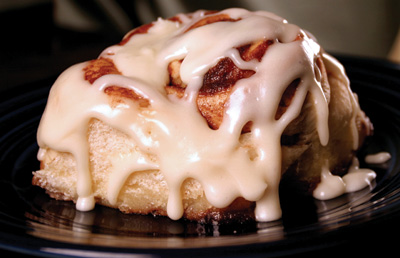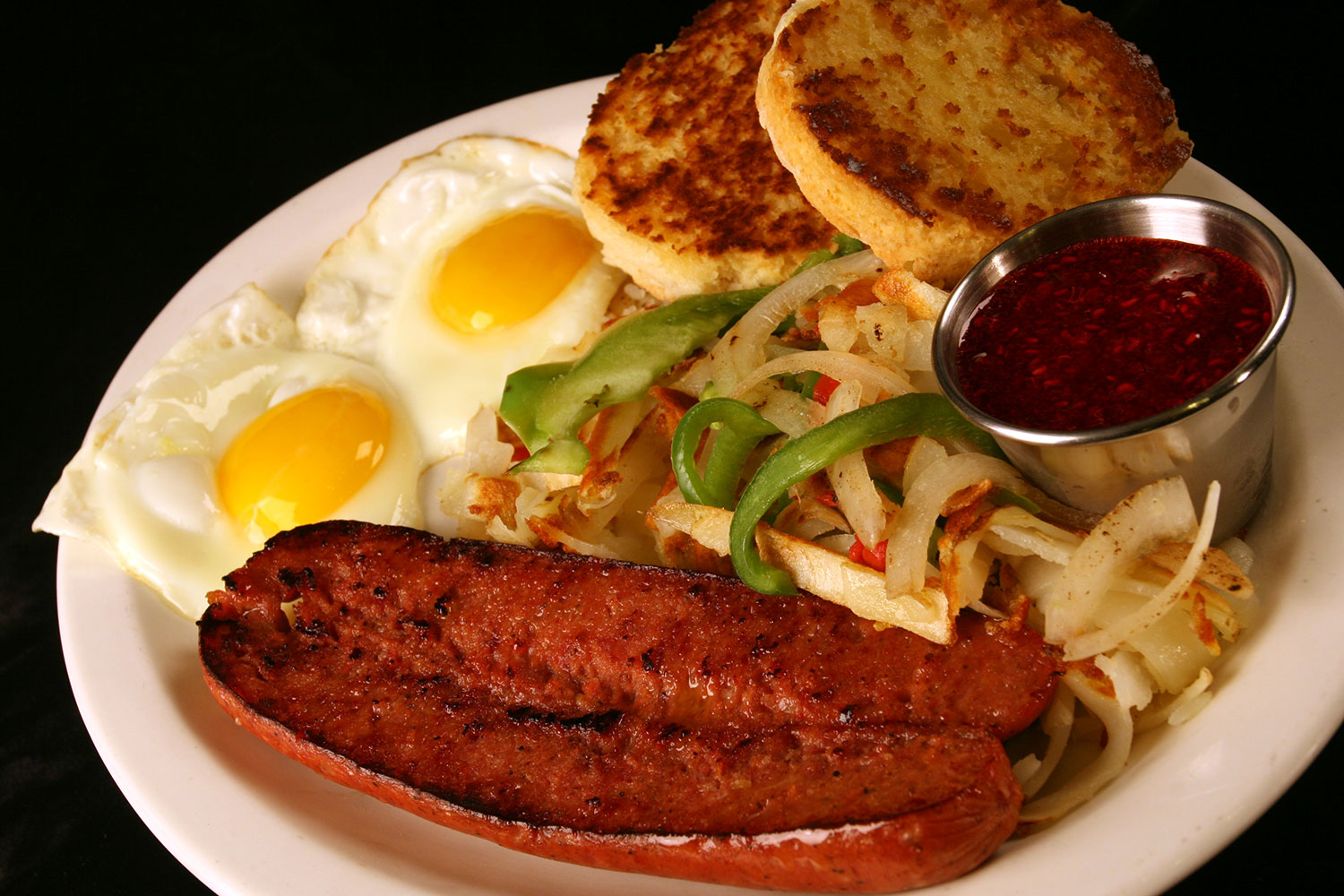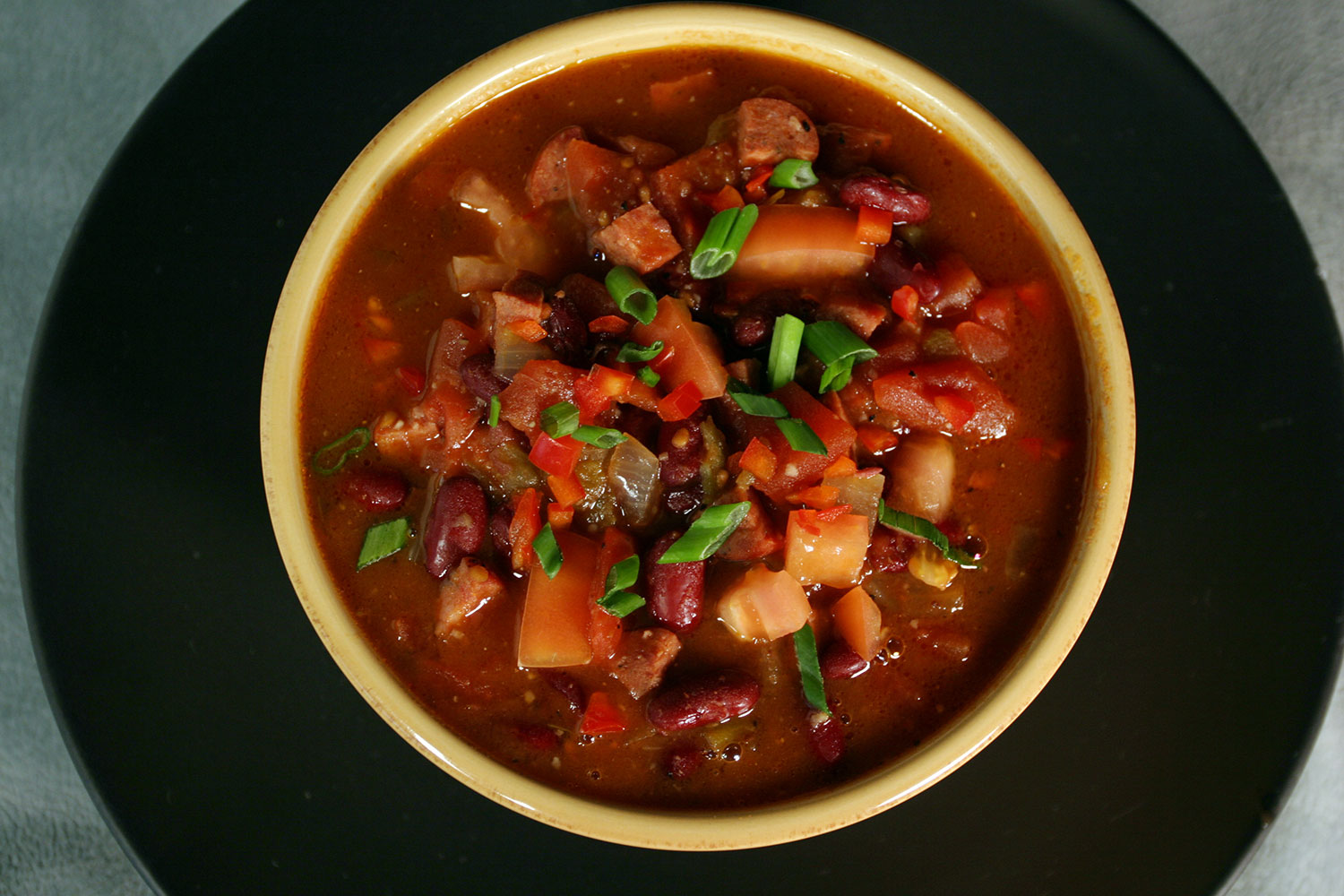What is the national cuisine of old Europe like?
Varied, just like the cultures, the languages, and the landscapes. Regional variations make an even further impact, so you can expect totally different foods and variations on dishes as you travel from place to place within a single country.
European cuisine is very different in different places, after all. What you expect to find in Naples will be much different than that of Rome. Sicily will differ from that, and the cuisine in, say, Frankfurt, will seem like a whole other world.
What are some national cuisines like? How did they come about? Let’s have a look.
Classic Italian Cuisine

Everyone thinks of pasta when it comes to Italian cuisine, and while there is a great deal of truth to that, there’s also a great deal of falsehood.
For instance, spaghetti and meatballs just wouldn’t be had in Italy. Spaghetti is only had with lighter sauces such as carbonara, or in the Roman staple caccio e pepe (cheese and pepper) for example.
Italian cuisine in the Roman era was based around quality seasonal ingredients with little spices during the pre-Imperial period. However, around the emergence of the early days of the Roman Empire (around the time of Julius Caesar) far more exotic spices and ingredients emerged and Italian cuisine became far more sophisticated.
After the empire fell, regional cuisines began to dominate as influences from other areas began to trickle in. The Alpine areas showed French and German influences in their cuisines, Sicilian cuisine and southern regions were influenced by Arab foods, such as the adoption of rice, spinach, and other ingredients.
Eventually, the courts of the various city-states began producing a more hautere cuisine which was popular during the Renaissance era, but as the city-states diminished in stature, regionalism took over in the modern era. Today, regionalism dominates, with popular ingredients being that which is locally available. Venice is known for seafood risotto, Rome for its pasta and Naples, the pizza!
Classic French Cuisine

French cuisine is complicated, as there is a haute cuisine that emerged during the 17th, 18th and 19th centuries, finally being codified by Auguste Escoffier who is more or less THE father of modern fine dining. However, the national cuisine of France is drastically different than what you think of; escargot, foie gras, and duckling a l’orange are simply not everyday table fare.
Instead, baked goods such as pain au chocolat – bread with a bit of chocolate baked in – charcuterie boards of artisanal cheeses and cured meats, peasant stews such as cassoulet (a bean and sausage stew) or beef bourguignon (Burgundy beef, braised with wine and fragrant stock) are a bit more like it.
Just as with Italy and other cultures, French cuisine shows heavy regional variations. Catalonia has heavy Basque influences. The Mediterranean areas have the cuisine to match with a lot of seafood. Alsace Lorraine has a heavy German influence and interior regions are known for rustic, powerful peasant dishes.
French cuisine has long had this division between the cuisine of court and nobles and that of peasants. The Merovingian and Carolingian (that of Charlemagne) dynasties lived higher on the hog than their countrymen, and the Capetians and houses of Valois and Bourbon that followed maintained it. Outside of the haute cuisine of royalty, peasant dishes relied on regional and seasonal availability.
This is still very true today, though other influences have begun to make impacts in the wake of globalization. However, French haute cuisine remains a powerful global force.
Classic German Cuisine

German cuisine, much like the rest of European national cuisines, is heavily regional. However, centuries of development and influence from the rest of Europe have also made it quite diverse. That said, Germany has the second-highest number of three-Michelin star restaurants, second only to France.
Regional variations influence ingredients, but there are certain themes in common. The elephant in the room, of course, is sausage as Germany is the sausage capital of the world with more than 1,500 varieties. Bratwurst is the classic, but others such as Currywurst in some areas, Wiener, Weisswurst in Bavaria, Schwarzwurst and Blutwurst blood sausages, and so much more. Regulations are strict on what sausage can contain, such as only top quality cuts of meat.
Though seafood is common, freshwater fish are more popular throughout Germany.
One of the most popular seasonal foods is asparagus, especially white asparagus or Spargel.
While delectable sausages, roast meats, and schnitzel – the classic pan-fried cutlet – with vegetables, sauerkraut and potatoes or noodles such as spaetzle or Klase are thought of as typical German cuisine, baked goods are also a high art. A common complaint of German expats is not being able to find good bread.
Another area where German cuisine excels is desserts. Sweetbreads such as donuts (Berliners or Pfannkuchen) sweet pancakes, and puddings are very common. Black Forest Cake is an example of torts, a dessert form that Germans, Austrians and the Swiss excel at. There is also, of course, the uber-classic dessert of strudel, with Apfelstrudel (apple) being the ur-strudel to most people.
Other National Cuisine Of Europe
As you can imagine, another national cuisine of Europe is as varied as the region.

Spain and Portugal have long, rich histories with many different regional and outside influences. Moorish cuisine left a lasting impact, and the northern areas of Spain are dominated by Basque flavors. Try the right dish and you’ll put on a beret of your own.
Hungarian cuisine has hearty flavors reflecting rougher peasant life such as paprikash and goulash, but also Mediterranean influences. Czech cuisine has a similar mix, but you’ll also find more pork on the menu in the Czech Republic and Slovakia than almost anywhere else in the world.
Russian cuisine is based heavily on hearty peasant dishes, as haute cuisine mostly died with the Romanovs. Much the same could be said of Scandinavian cuisine, with preserved meats being more common than fresh in some areas. You can’t always catch ’em, so you make lutefisk when you can.
British and Irish cuisine, sharing many similar ingredients, is widely associated with pub food. Classics abound such as “fry up” full breakfasts, Scotch eggs (an egg wrapped in sausage, breaded then deep-fried) along with Yorkshire pudding (a turnover with beef pan drippings) white and black pudding (white sausage and blood sausage) and plum pudding (plums baked in sweet batter) Sunday beef roasts and Beef Wellington, among so much more.
As you can tell, national cuisine of European countries varies widely. There is a lot to each country, stop by The Old European Restaurant In Post Falls Today and start your european cusine tour.


